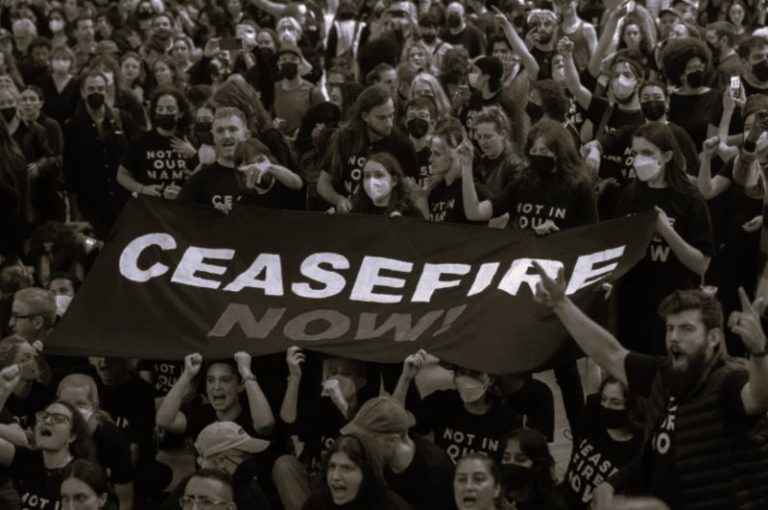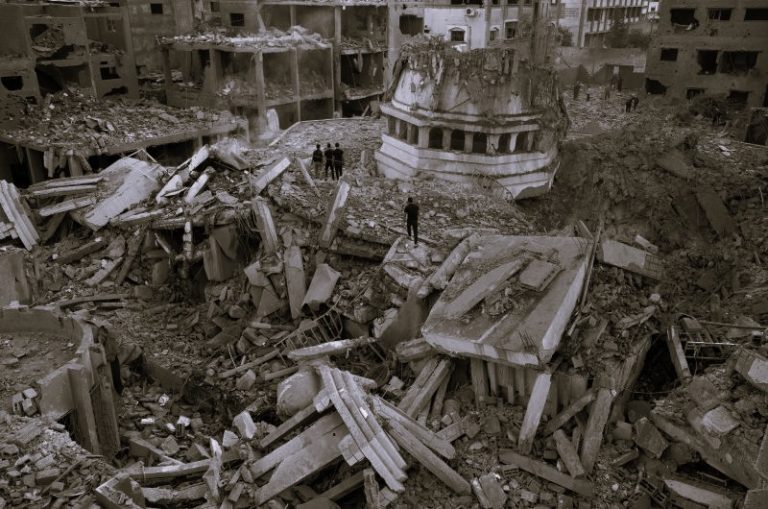
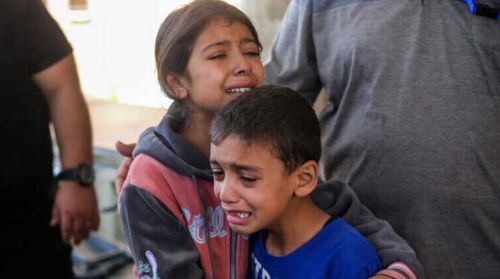
The war between Israel and Hamas threatens to turn the already dire humanitarian situation in Gaza into a catastrophe.

By Christina Bouri
Research Associate, Middle East Studies
Council on Foreign Relations

By Diana Roy
Writer/Editor, Latin America
Council on Foreign Relations
Introduction
On October 7, the Palestinian militant group Hamas launched a massive surprise assault on southern Israel, the deadliest single attack on Israelis in history. Israel’s subsequent declaration of war against Hamas has further worsened an already dire situation in the Gaza Strip, where more than two million Palestinians live. As the violence escalates, international relief organizations have called for the immediate provision of aid to Gaza and the creation of a humanitarian corridor by which civilians can flee the territory.
How Bad Is the Humanitarian Situation in Gaza?
Gaza, a small territory of about 139 square miles (360 square kilometers), or roughly the size of the city of Detroit, was already experiencing a severe humanitarian crisis before the current hostilities broke out. As a result of a sixteen-year blockade by Israel, about 95 percent of the population cannot access clean water, while more than half of all Gazans depend on international assistance for basic services. Additionally, some 80 percent of Gaza’s residents are considered refugees under international law, and Palestinians overall compose the largest stateless community in the world.
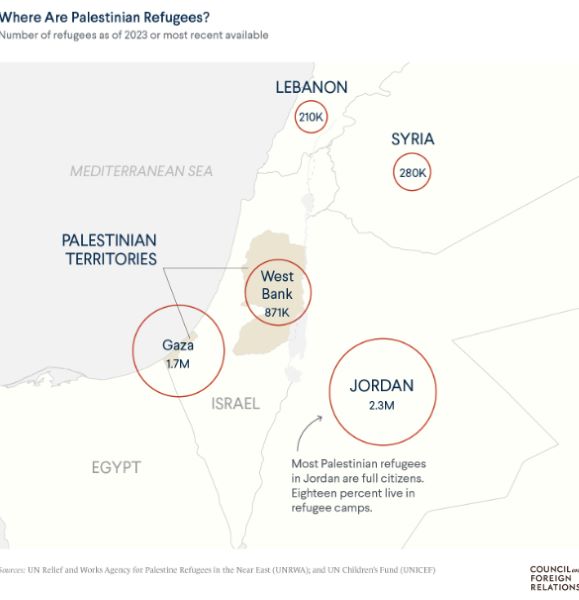
Since Hamas’s surprise attack, the situation in Gaza has “reached a dangerous new low,” UN Secretary-General António Guterres said. According to Gaza’s health ministry, as of October 17, Israel’s retaliation has killed at least 2,778 people and injured 9,700 more. These are only confirmed casualties; the actual figure is likely higher. (Additionally, Hamas’s attack killed more than 1,400 Israelis and injured 3,400 others.) Prior to the war, 2023 was already the deadliest year for Palestinians in Gaza in almost two decades.
Israel has imposed a complete siege of the territory, cutting off electricity and water, and preventing the entry of food, fuel, and medicine. Without fuel, Gaza’s only power station has gone dark. Israeli air strikes have destroyed neighborhoods, schools, and mosques, though the Israeli military has said that it is only targeting weapons storage centers and infrastructure used or occupied by Hamas militants. However, Israeli air strikes targeting residential buildings and medical facilities have resulted in numerous civilian casualties.
Meanwhile, Gaza’s health system is “at a breaking point,” says the World Health Organization (WHO), with hospitals forced to ration fuel reserves and medical supplies. Northern Gaza’s two major hospitals have already greatly exceeded capacity, and hospitals in the south are also overflowing. Israel’s energy minister said on October 12 that electricity, fuel, and water would not be provided to Gaza until all hostages—totaling at least 199 people—held by Hamas are freed.
“Forget about food, forget about electricity, forget about fuel,” Nebal Farsakh, a spokesperson for the Palestine Red Crescent Society, a humanitarian organization, told the Associated Press. “The only concern now is just if you’ll make it, if you’re going to live.”
What Are the Refuge Options for Palestinians in Gaza?
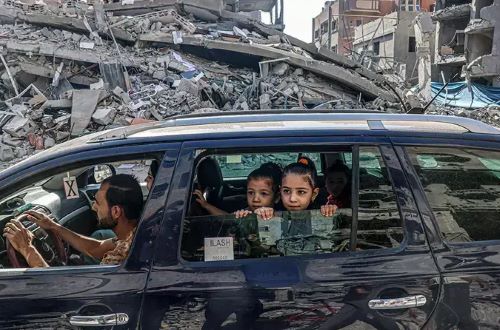
On October 13, Israel ordered more than one million people living in northern Gaza to evacuate to the south within twenty-four hours, ahead of an expected ground invasion targeting Hamas. The United Nations called on Israel to rescind the order, saying it would be “impossible” to achieve without “devastating humanitarian consequences.” As of October 15, more than one million people, or about half of Gaza’s population, had been displaced.
Gazans’ options for refuge are limited. Israel has closed its two border crossings with Gaza as part of its blockade. Egypt, which shares the Rafah border crossing with Gaza and already hosts more than 350,000 refugees and asylum seekers [PDF], is the only viable outlet left. But despite U.S. and UN urgings, the Egyptian government has been reluctant to establish an evacuation corridor for civilians and has instead said that the crossing has been rendered inoperable due to Israeli air strikes.
With food, fuel, and water supplies rapidly dwindling, the United States is working with the United Nations and other international aid organizations to create “safe zones” [PDF] within Gaza where civilians can receive urgent humanitarian aid.
How Are Humanitarian Aid Organizations Responding?
The United Nations launched a $294 million flash appeal to address the needs of people in Gaza and the West Bank. In Gaza, the UN Children’s Fund (UNICEF) and UN Relief and Works Agency for Palestine Refugees in the Near East (UNRWA) are helping to provide essential goods and services, such as medical supplies, fuel, and emergency assistance. Several other major organizations, including the International Red Cross and Red Crescent Movement—which comprises the Palestine Red Crescent Society—and Doctors Without Borders, are also supplying humanitarian aid to those affected by the conflict.
Originally published by the Council on Foreign Relations, 10.17.2023, under the terms a Creative Commons Attribution-NonCommercial-NoDerivatives 4.0 International license.
